Richard Mills, Summerfruit NZ Market Support
It’s dry. What should be one of the key months to recharge soil moisture, in parts of Hawke’s Bay we’ve only received 14mm for April. Only irrigated pasture is growing any grass, and soil temperatures are reported to be down to 12 or 13°C in parts. Anything less than 10° and grass growth should stop and then stock farmers are in trouble. Two dry winters and three dry autumns in a row is going to be really tough – imagine two significant hail years in a row, or perhaps hail followed by Covid-19. Time to shout our pastural cousins a beer and show some solidarity.
Back on the orchard some of the effects of low soil moisture might include ‘hungry’ buds if trees were not properly feed in autumn. If stressed leaves drop early, the problem only compounds. It may well be a bit late for supplementary foliar feeds, but have a chat with your rep. With stonefruit, the flowers are naked i.e. there are no leaves to help power up in spring, so we rely totally on stored reserves.
Now is the time when we start to keep an eye on the progress of winter chilling. It’s predicted that we will be drier and warmer than normal, at least not colder and wetter. At this extremely early point we are have accumulated an average amount of chill, and a few more units than this time last year. In my experience, getting a good start at the end of Autumn is the key to getting sufficient total units by Spring. Should you be intending using dormancy breakers at the end of winter, then this is a parameter that is well worth following to help with correct application timing.
The recent SummerGreen meeting focused on cherries – the effects of climate warming, export and market potential for Hawke’s Bay crops. The key message being less chilling by the centuries end. The preceding presentation suggested there was plenty anyway, so maybe a bit less will not be the end of temperate fruit production as we know it. I think more work is needed in this space before any significant decisions are made.
Three weeks ago I had the pleasure of attending Martin Taylor’s retirement party. A cold beer, a good feed and a few speeches with the highlight for many, catching up with growers and other industry people in a social environment. The amount of knowledge in the room was huge. To this day I lament not downloading a whole lot more information while I was working with him. It’s a pity that we don’t have the technology to put a USB drive in his ear and select download all.
And it is with sadness that I note John Wilton’s death. Another that would have been well worthy of downloading but at least we have many years of The Orchardist articles to fall back on. I understand that John only missed an article once in 40 years of publication. Should we talk to The Orchardist about publishing a book of his articles? Knowing where we have come from will help us move forward, and a lot of what applies to pipfruit, will apply to stonefruit. Not so long ago I had the pleasure of reading the history of DSIR as was in Central Otago and I have a copy of the Ettrick Fruitgrowers Association history. As Martin said during his speech, the days where we had the help of trained independent MAF advisors such as John and Martin, among others, is part of history. But as I looked around at my contemporises, there is heaps of knowledge in AgFirst and Fruition systems, as well as the agchem reps. We are in good hands, but I do miss the social catch-ups in this increasingly corporatised fruit production world.
My first orcharding job was greatly aided by John Rainbow working with NMA, or was it Wrightson NMA by that stage? So maybe the more things change, the more they stay the same.






